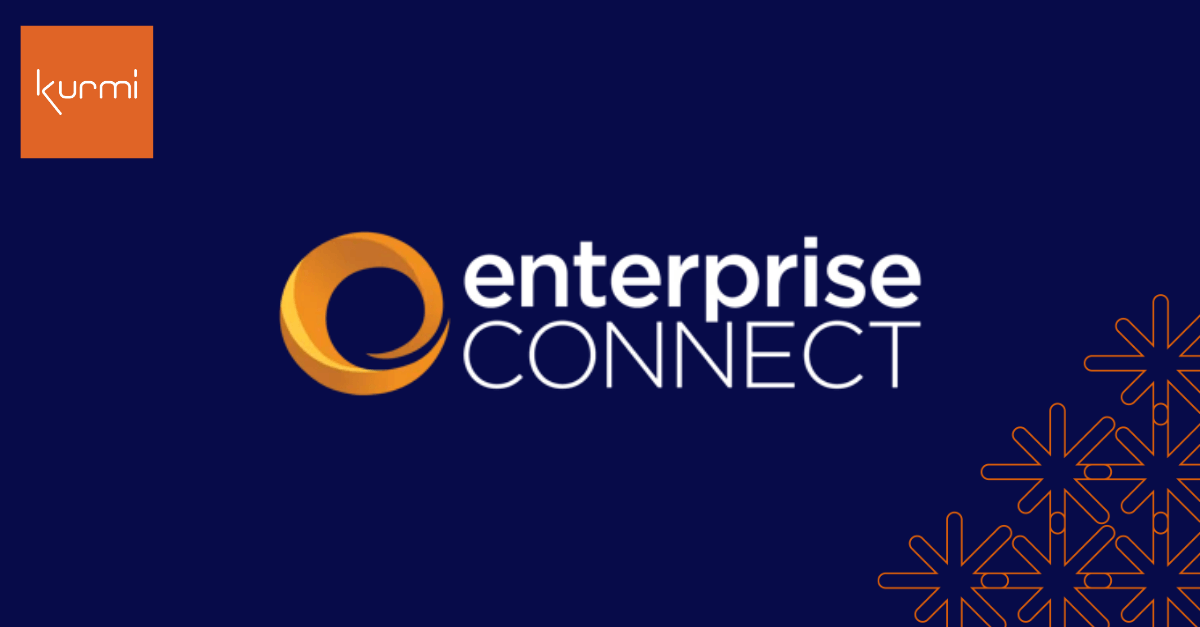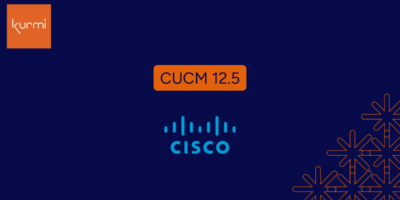By Bruno Guirardel, Head of Product, Kurmi
After almost three years of change within the Unified Communications (UC) space, Enterprise Connect 2022, brought together corporate IT decision makers, industry vendors, channel partners, analysts and consultants to focus on the themes and insights currently shaping enterprise communications and collaboration.
As one of the first in-person events in years, there was a plethora of fresh products on show, with vendors trying to outdo each other with new capabilities catering to the hybrid workforce.
The event was paramount in providing a space for UC professionals to communicate in- person, encouraging participants to update their network, build relationships and gain insights around how the UC space has transformed over the past few years…
Hybrid Working is Here to Stay
The main key word of the event was ‘hybrid’ and there was plenty of competition between the main players to see who can provide the best experience for the ‘from anywhere’ workforce, with vendors making various announcements across the conference:
- Cisco unveiled the extension of Embedded Apps from the Webex desktop app to include Webex Desk and Webex Board Series devices, as well as announcing new capability in Vidcast and an industry-first partnership with Ford to extend Webex Meetings to vehicles.
At Kurmi, it is vital that we take into account the key themes being addressed by our techno partners, Microsoft, Cisco, Avaya, Zoom and other market leaders, to ensure our products and features are aligned to new market demands.
For example, an overwhelming topic of the conferences was that in the hybrid world, organisations of all sizes are moving systems onto the cloud. To support the rising demand for cloud services, Kurmi recently launched Kurmi-as-a-Service (KaaS), a solution that offers flexibility in the way our customers choose to licence our solutions, automatically delivering the latest and most up-to-date release of the Kurmi platform, without the IT overhead.
The Evolution of Meeting Experiences
The theme of hybrid work continued throughout the conference, specifically noting the challenge of hybrid meetings, where participants are both in the office and attending virtually.
If you cast your mind back to hybrid conference calls in early 2020, call quality was lower, engagement was more difficult and overall experience was less enjoyable for those joining virtually. However, fast forward to 2022, and we have the reverse situation, as the experience of virtual communication has improved at such an accelerated pace throughout the pandemic, that those joining hybrid meetings remotely, now potentially have a better experience (closer to the camera, better connection, high quality sound and microphones) than those joining in person from a crowded conference room with one speaker and one small camera positioned far away and with limited quality.
Market leaders are focused on finding solutions which improve collaboration for all participants, while facilitating those both onsite and off site. For example, Microsoft announced enhancements for companion devices which makes it easy to join a hybrid meeting from within a conference room, by automatically turning off audio to avoid feedback etc.
Interoperability
Interoperability was the other major theme at the conference, as companies are now working in multi-vendor, multi-platform, hybrid-cloud environments. As organizations add layers of technology to their business processes and systems, it is vital to ensure that solutions can integrate with each other to provide the best possible experience. Going forward, we will see more partnerships and more integrated solutions being deployed in order to provide more options for users, as customers no longer want to rely on only one technology or vendor.
To prepare for the expected growth in multi-vendor UC, IT leaders need solutions to tackle the challenges of provisioning users across multiple apps at scale. That’s why successful businesses looking to reduce waste and increase efficiency turn to Kurmi to streamline deployment, provisioning and day-to-day user management processes easing the transition to the hybrid workplace.
We are excited to be part of such a vibrant and innovative community, solving the biggest UC issues faced by enterprises. For more information about KaaS, please visit our KaaS page.
To find out more about automating your UC services, Contact Us or Book a Demo:



